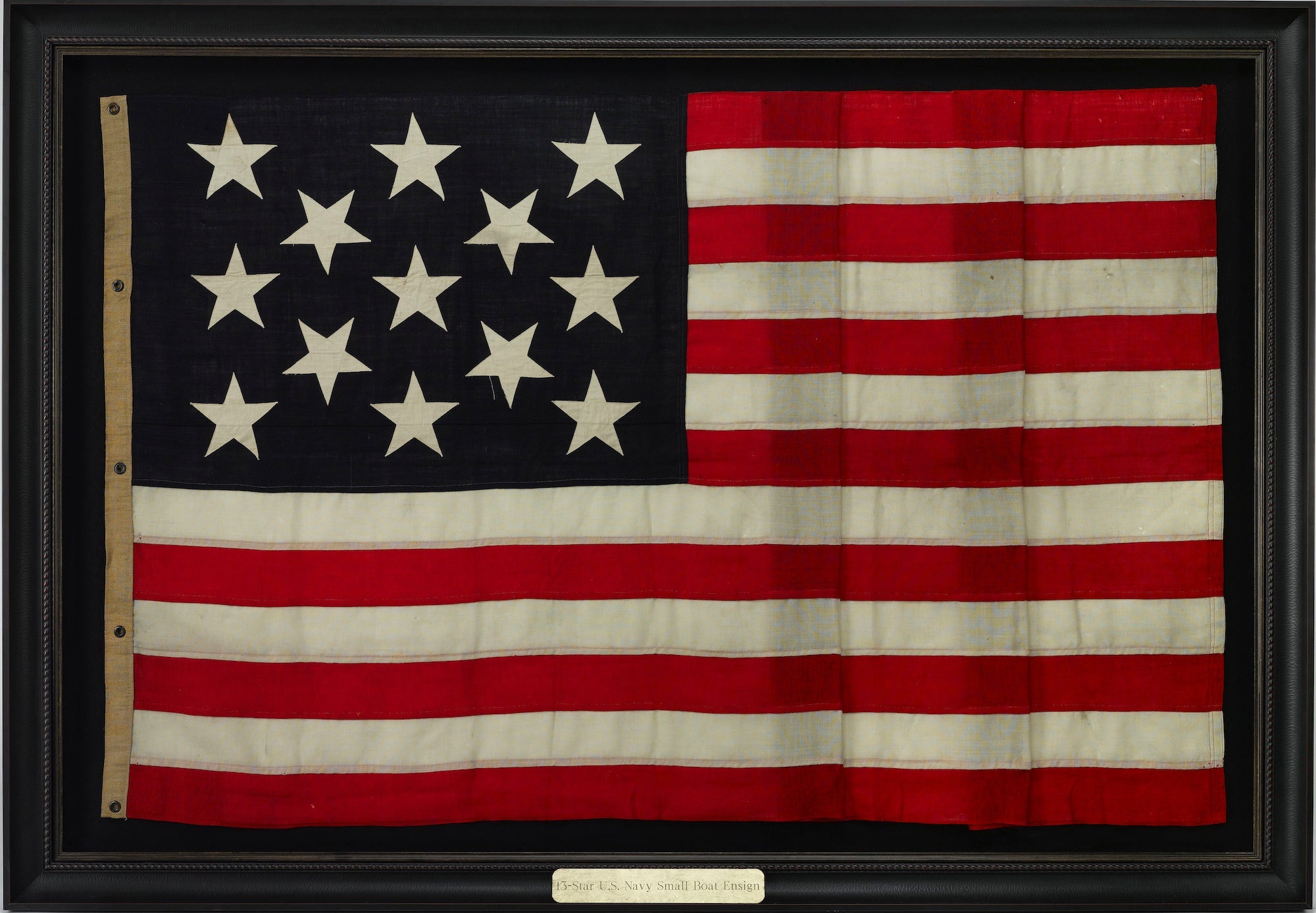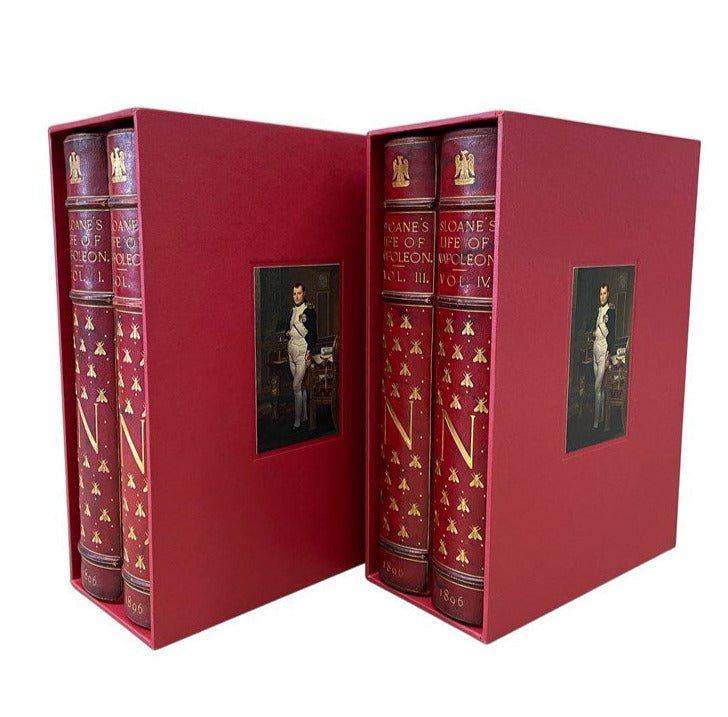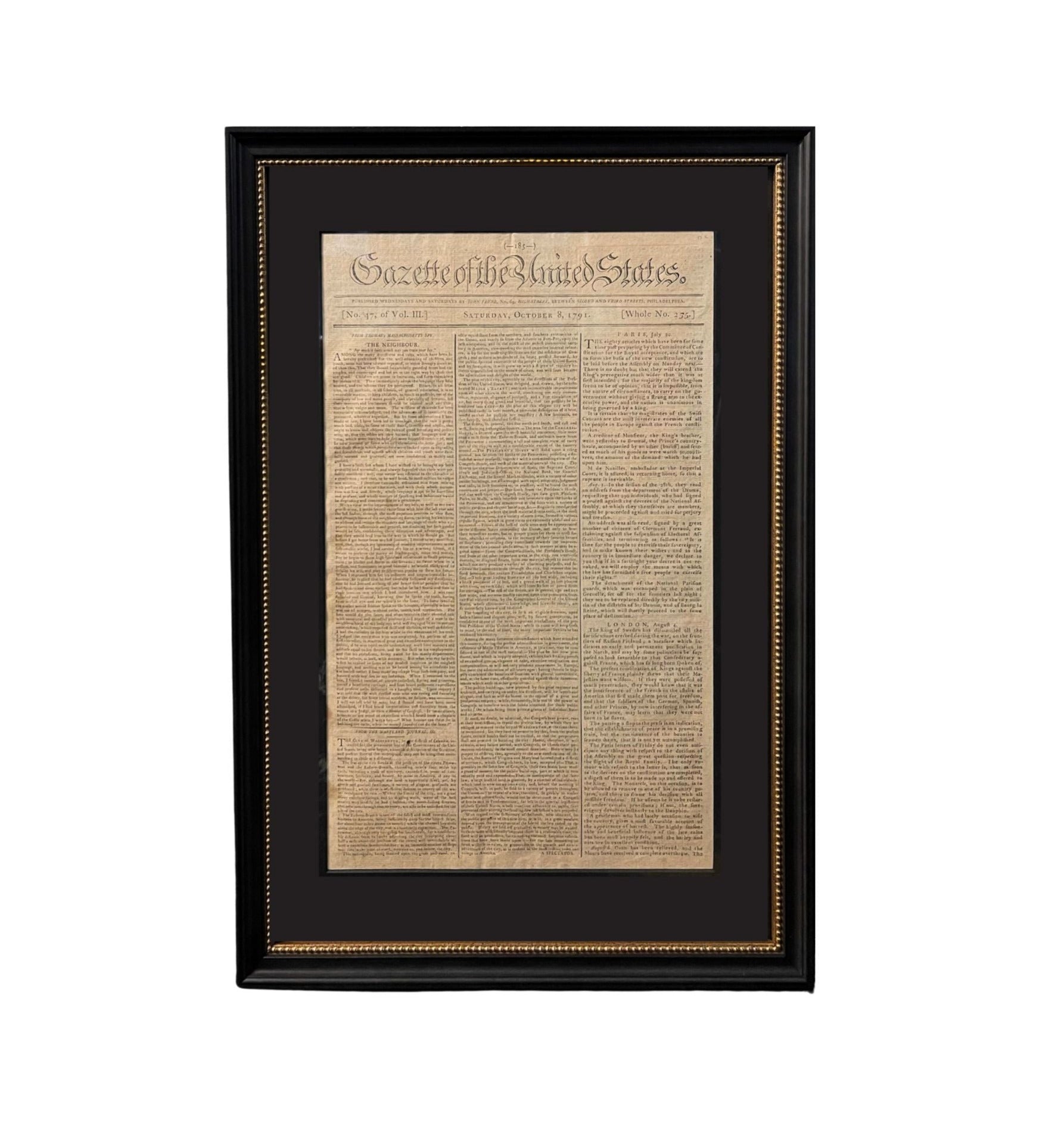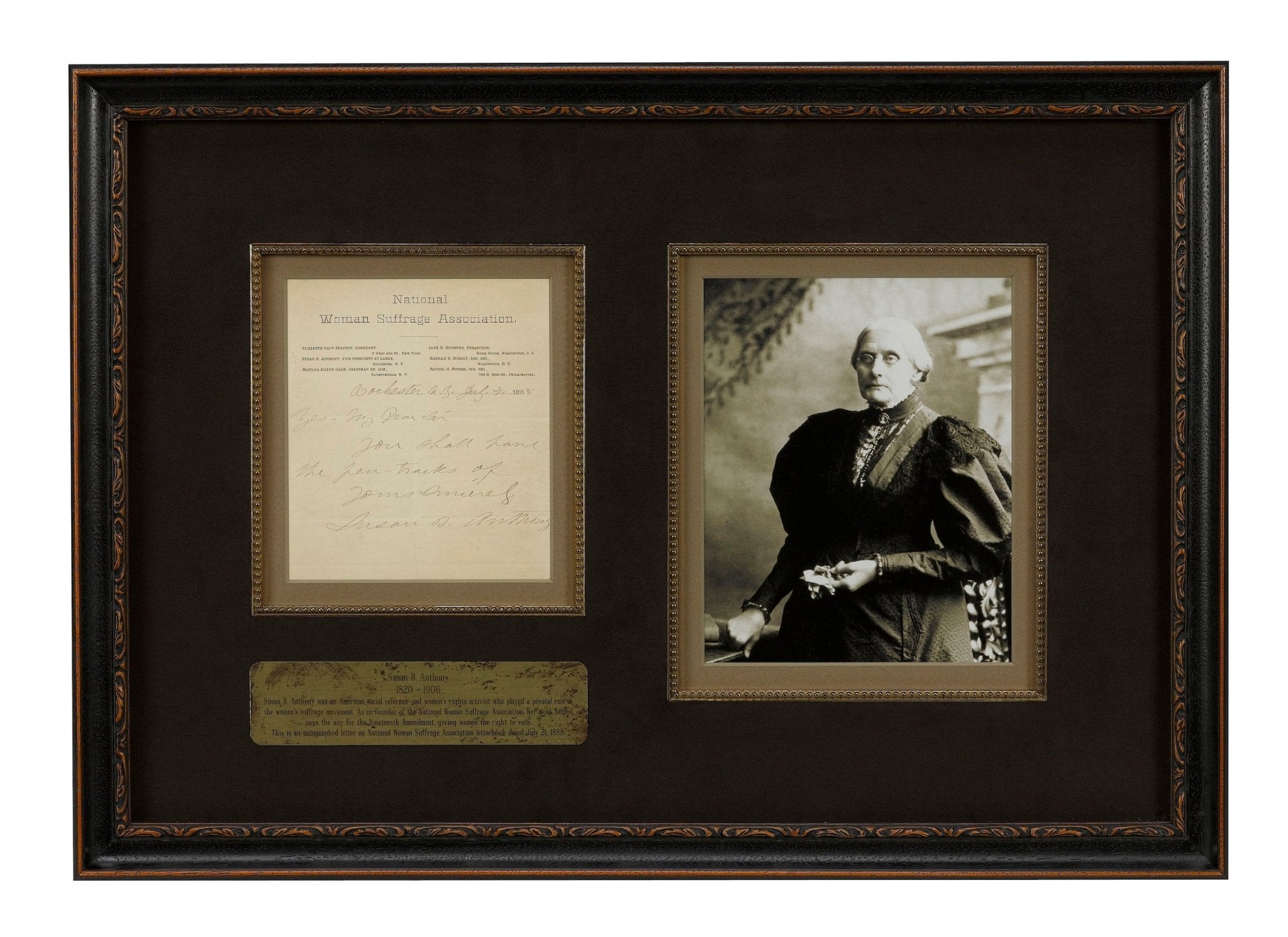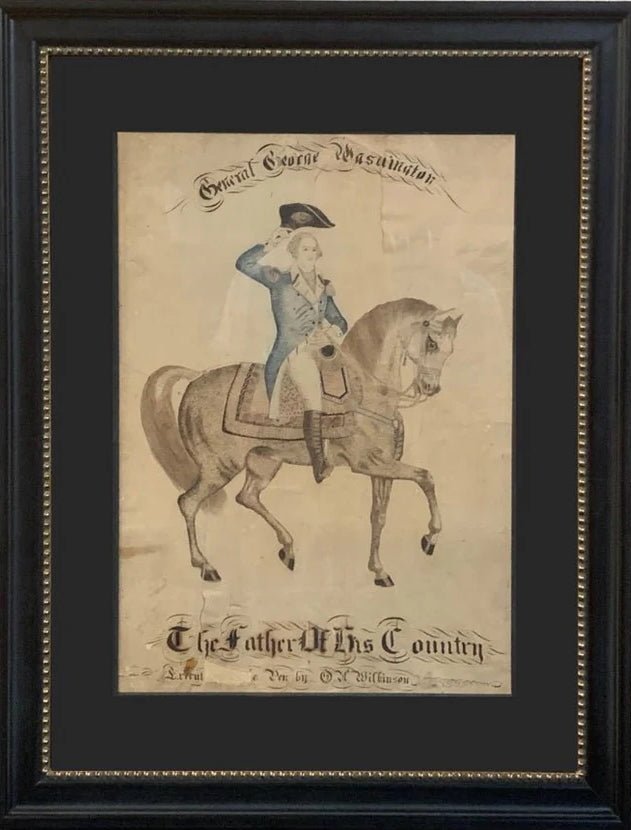Illustrating Mark Twain's "Huckleberry Finn"
New to our Colorado shop are two Mark Twain classics- Adventures of Huckleberry Finn and The Prince and the Pauper. The books are beautiful and presented in their original gilt and black pictorial embossed cloth boards. Inside the covers, they are further decorated with countless illustrations by Edward W. Kemble.
A young yet prodigious illustrator for magazines and newspapers like Harper's Bazaar and New York Graphic, Kemble’s cartoon work in Life caught the attention of Mark Twain. Mark Twain personally requested Kemble for Adventures of Huckleberry Finn, telling his publisher “That is the man I want to try” (David, 1974). The drawings Kemble produced for Huck Finn were his first book illustrations, and the ones he is still best known for.
Mark Twain placed a lot of emphasis on the illustrations in his books, and thought they had a “major, influential effect on his readers.” Since the story was written in the first-person narrative, written descriptions of Huck Finn were limited to clothing descriptions and habits. Thus the illustrations of Huck Finn held the weight of establishing the character in the reader’s mind. Twain “decided [Huck Finn] would be illustrated after his own ideas” and spent “valuable time checking, editing, and approving each sketch.” There are approximately 175 illustrations in Adventures of Huckleberry Finn, for which Kemble was paid the large sum of $2,000.00. (David, 1974).
 Kemble’s illustrations were well received in their time. Artist Thomas Hart Benton stated that Kemble, “did a particularly good job with Huck’s adventures … No illustrator who has tackled the book since has in any way approached his delicate fantasy, his pat humor, or his ability to produce an atmosphere of pathos” (Anspaugh, 1993). Due to the success of Huck Finn, Kemble was asked to illustrate other bestsellers, including Twain’s Puddin’ Head Wilson and The Prince and the Pauper, Washington Irving's Knickerbocker History of New York, and Harriet Beecher Stowe’s Uncle Tom’s Cabin. Edward Kemble is appreciated today for his pioneering illustration style and was inducted into The Society of Illustrators’ Hall of Fame in 2007.
Kemble’s illustrations were well received in their time. Artist Thomas Hart Benton stated that Kemble, “did a particularly good job with Huck’s adventures … No illustrator who has tackled the book since has in any way approached his delicate fantasy, his pat humor, or his ability to produce an atmosphere of pathos” (Anspaugh, 1993). Due to the success of Huck Finn, Kemble was asked to illustrate other bestsellers, including Twain’s Puddin’ Head Wilson and The Prince and the Pauper, Washington Irving's Knickerbocker History of New York, and Harriet Beecher Stowe’s Uncle Tom’s Cabin. Edward Kemble is appreciated today for his pioneering illustration style and was inducted into The Society of Illustrators’ Hall of Fame in 2007.




